It’s All Cyclical: A Look at 20 Reissues that Deserved Your Attention in 2021
by Joshua Pickard
Everything old is new again. We are inextricably bound to what has come before.
And while this can certainly apply to a musician wallowing in undeserved nostalgia in an attempt to parse out the genius of their influences, this can also describe the goldmine of reissues, both obscure and mainstream, that are released in a given year.
And 2021 has proven to be a particularly fruitful year when it comes to reissues, offering glimpses into obscure disco relics, odd jazz tonalities, the worlds of a southern wordsmith, reverent soul rhythms, and a host of intriguing musical soundscapes into which we can give ourselves fully.
In lieu of going over my top records list of 2021 – I’ve covered a chunk of that in the various articles Beats Per Minute has published recently – I thought I might speak on some of my favorite reissues of 2021.
If you’ve not heard of some of these, then I suggest checking them out and finding a treasure trove of riches buried in the distant (and not so distant) past. You may just find a new favorite to obsess over. I certainly did.

Vic Chesnutt – Little / Drunk / Ghetto Bells / Is the Actor Happy / Silver Lake (New West Records)
One of the greatest lyricists of the last 40 years, Vic Chesnutt has always found devastating beauty in life’s most innocuous details. His albums are understated in their approach to the damage that we cause ourselves and others. But there’s also an undiluted joy in the way he spins such idiosyncratic tales of rural adventure and woe. New West Records have added a bounty of unreleased tracks to these early records and further demonstrated how Chesnutt’s immeasurable wit and sarcasm led to some of the greatest Southern stories ever told.
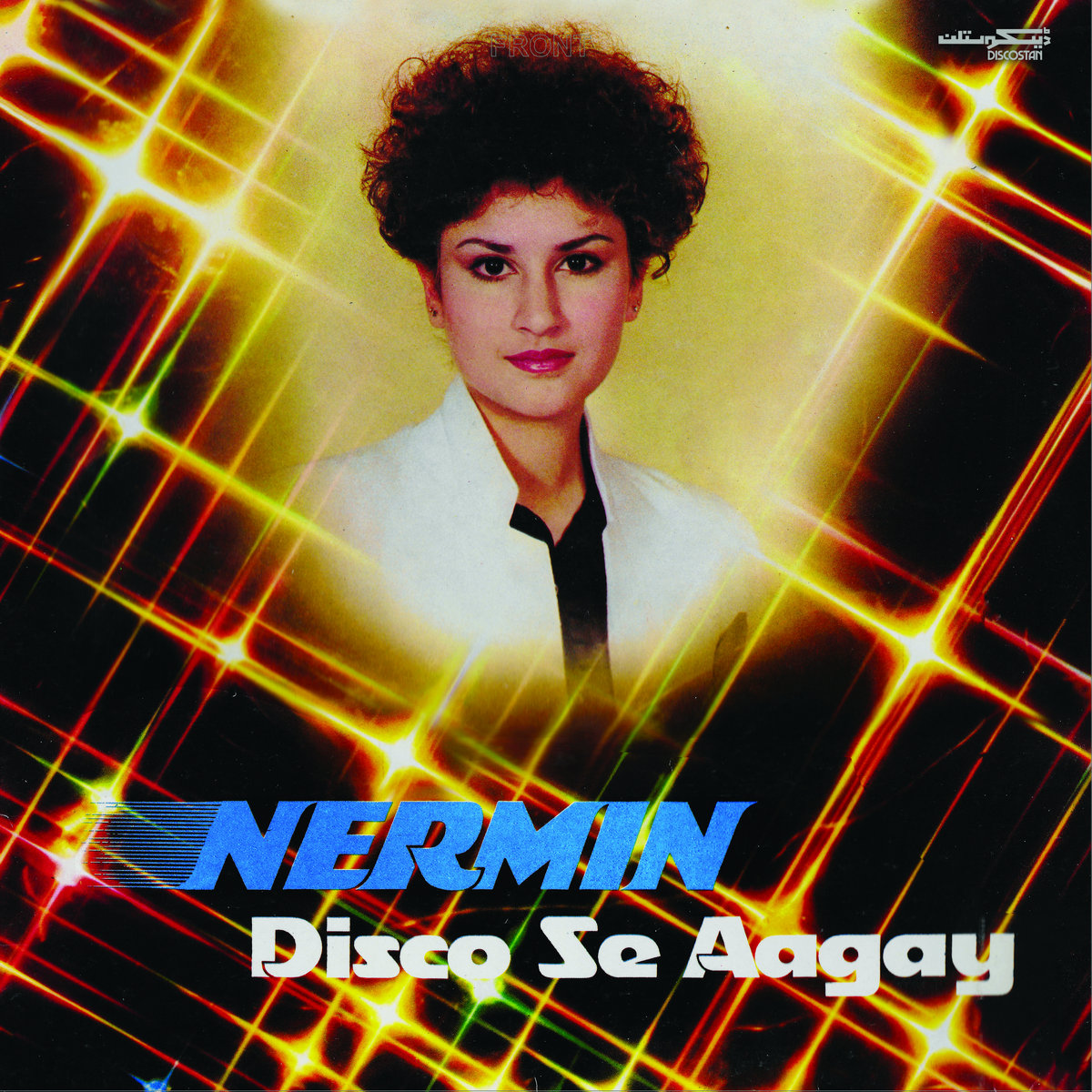
Nermin Niazi / Feisal Mosleh – Disco Se Aagay (Discostan)
In 1984, UK-raised siblings Nermin Niazi and Feisal Mosleh (Pakistani by birth), walked into Birmingham’s Zella Studios and fashioned a New Wave gem, with nods to ABC, Depeche Mode, and New Order. Elastic basslines, euphoric synths, and mesmerizing vocals courtesy of the then-14-year-old Niazi infuse these tracks with a personality that’s immediately recognizable but singularly manifested through the unfiltered joy of their familial creativities. The lack of the usual 80’s polish only adds more character to this disco artifact and provides it with a determined DIY aesthetic.
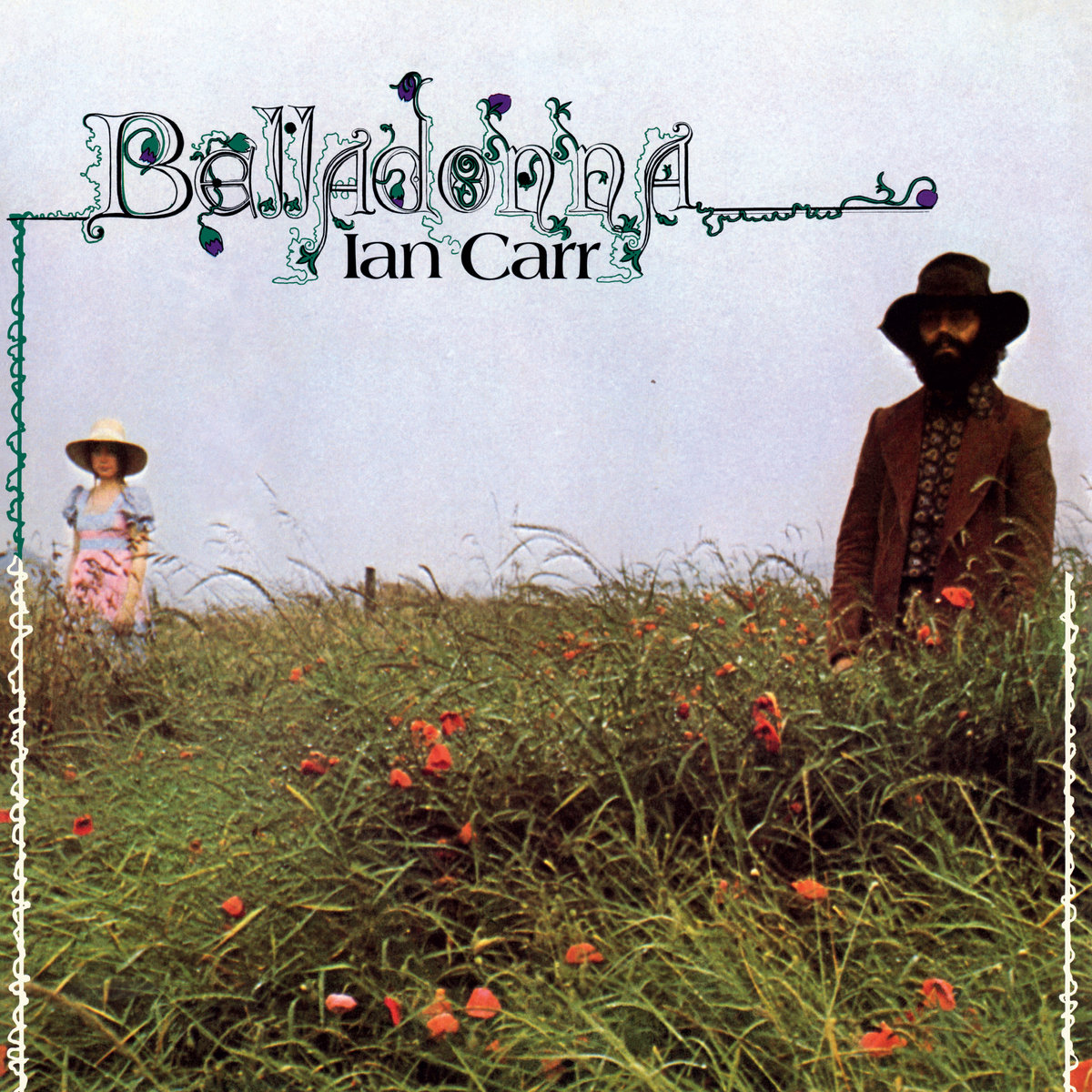
Ian Carr – Belladonna (Mr Bongo)
In the wake of the demise of British jazz-fusion band Nucleus, front man Ian Carr spent some time working on his own music, and the result, 1972’s Belladonna, is a continuation and refinement of his earlier sound. Elements of prog, jazz, and classic rock come together in an ethereal shroud of muscular guitar lines, angular sax riffs, and oddly ambient soundscapes – it’s a fascinating and detailed world that Carr creates, and one that gives up its secrets sparingly. It takes some time to unwrap all the different striations, but you’re bound to come away with a new favorite song or two.
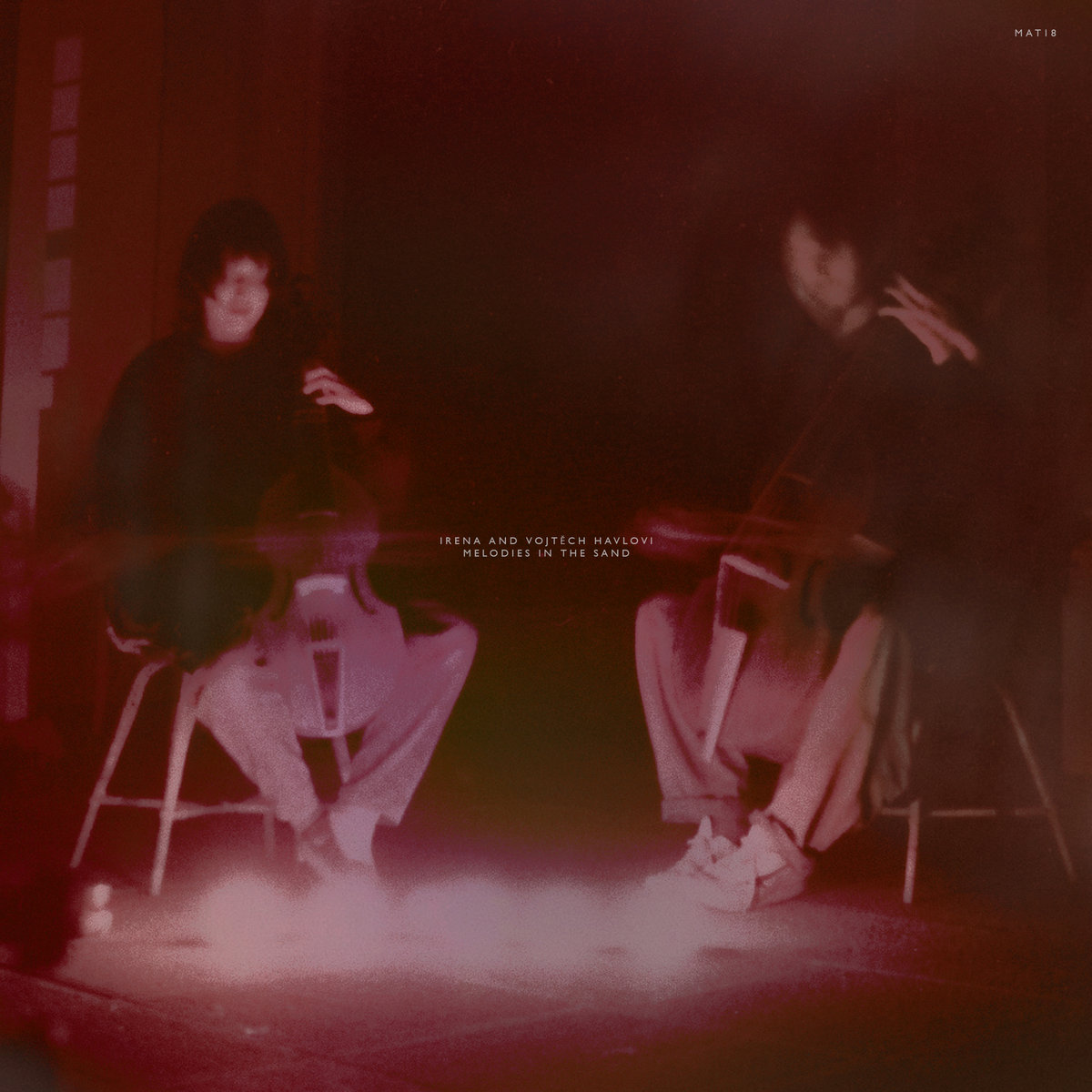
Irena and Vojtech Havlovi – Melodies in the Sand (Melody as Truth)
Czechoslovakian husband-and-wife duo Irena Havlová and Vojtěch Havel create gorgeous stretches of sound through the interplay of piano and viol across Melodies in the Sand, a collection drawn from their mid-80’s output as well as some newer compositions. And while there are other instruments waiting in neighboring orbits, the focus is on how piano and viol combine to create a noise that’s crystalline, fragile, and filled with both minimalist and cathartic moments of emotional upheaval. They carefully straddle the line between modern classical, ambient, and avant folk movements, developing a grace in motion that’s intimate and spilling over with boundless melodic ingenuity.
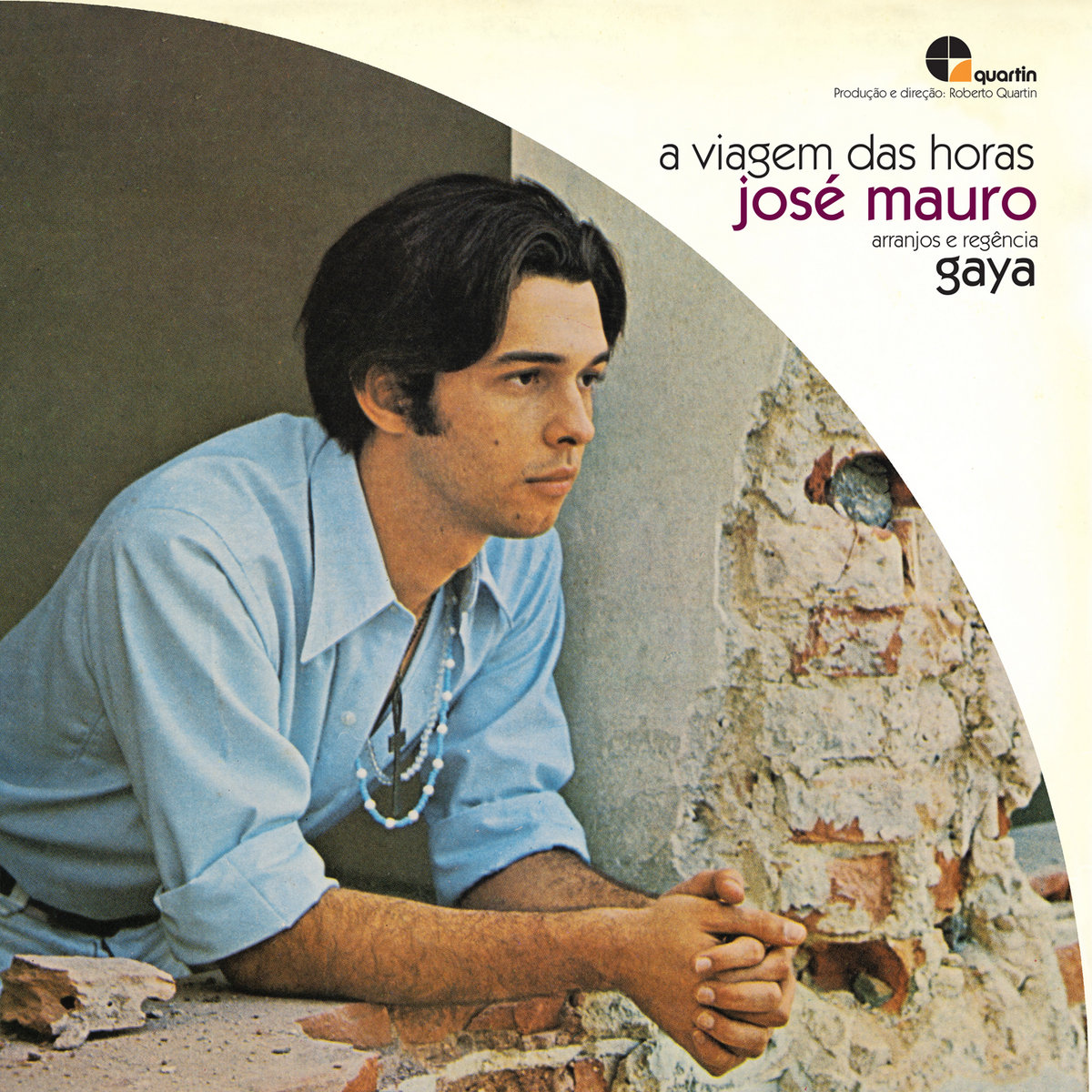
José Mauro – A Viagem das Horas (Far Out Recordings)
Recorded in 1970 at Odeon studios in Rio de Janeiro, A Viagen das Horas is considered to be José Mauro’s long-lost masterpiece, a potent mixture of psych-folk, MPB, and orchestral arrangements. Anchored by Mauro and his songwriting partner Ana Maria Bahiana’s interest in Candomblé, a blending of traditional West African religions and Roman Catholicism, the record deals with the search for truth, self, and community identity. These themes were particularly relevant for Mauro as the songs were recorded at a time when Brazil’s military authoritarianism was actively oppressing various segments of the population. These songs were gripped by a powerful desire for change and for rebellion, and for a freedom rarely seen in Brazil at that time.
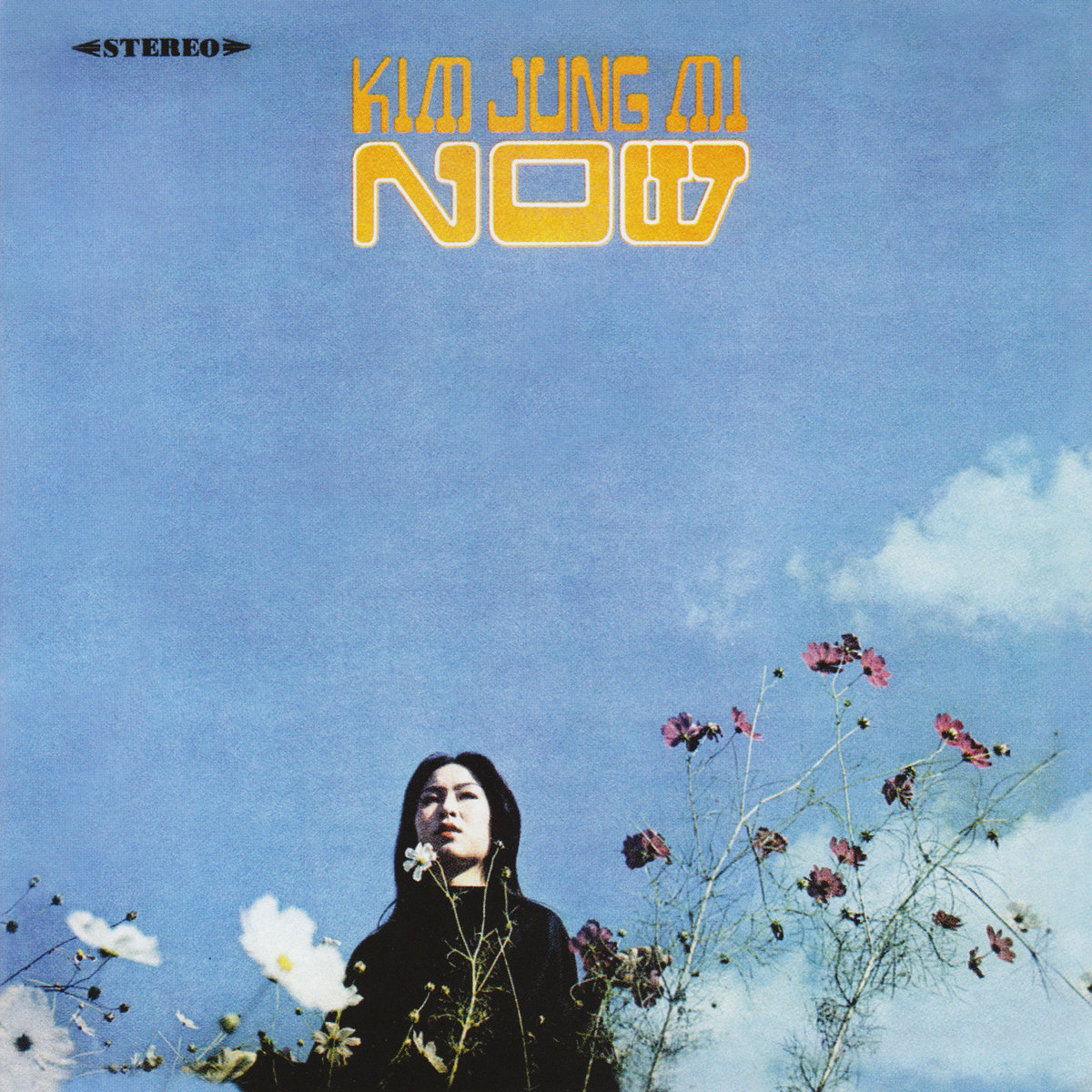
Kim Jung Mi – Now (Yejeon Media Co.)
In the 70’s, it was hard to discuss the identity of South Korea’s rock scene without mentioning the work of prolific guitarist-songwriter-producer Shin Joong Hyun. His work helped to establish the radiant interpretations of psych that were beginning to make its way from South Korea to other parts of the world. For 1973’s Now, he tapped singer Kim Jung Mi to join him in creating a record loaded with fuzzed-out guitar theatrics, clever orchestral arrangements, and a slinking bass that shows up when you least expect it. One of the great forgotten psych-folk albums, Now stands as a testament to the genius behind Hyun and Mi’s kaleidoscopic collaboration.

Khan Jamal – Infinity (Jazz Room Records)
Long relegated to holy grail status for many vinyl collectors, vibraphonist Khan Jamal’s 1984 masterpiece Infinity has finally been reissued, and with it comes a chance for a whole audience to appreciate the wild movements of Jamal’s compositions. He was prominent figure in the Philadelphia jazz scene from the early 70’s through the 80’s and was part of a group of musicians elevating the ideals of progressive jazz to new heights. Infinity plays as both an homage to his influences and as a chaotic experiment in the changing perspectives in jazz – and to be sure, this record really doesn’t feel like it was released in 1984. A post-bop cacophony of jazz greats treading new ground, this album sounds every bit as necessary and relevant as it did back then.
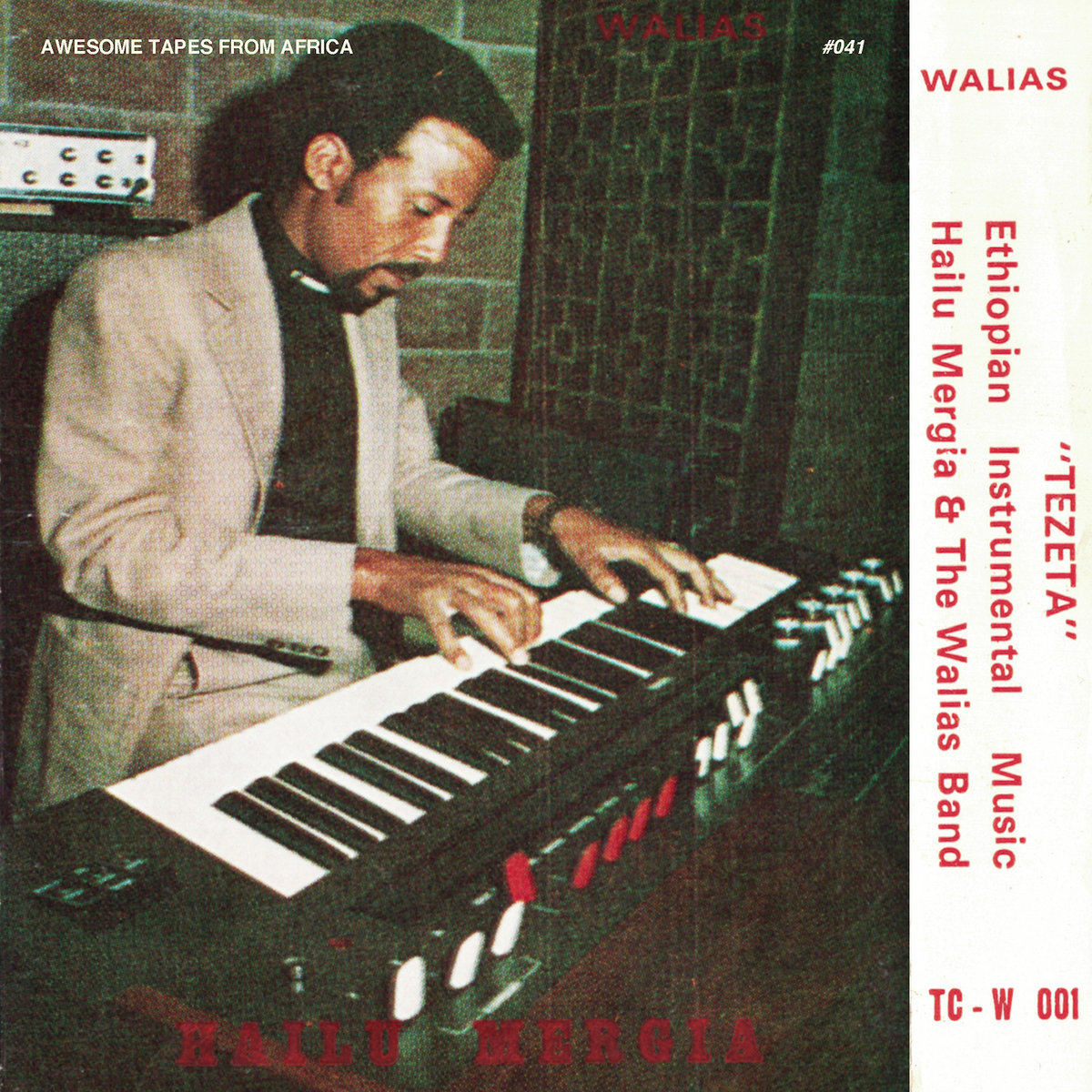
Hailu Mergia & The Walias Band – Tezeta (Awesome Tapes from Africa)
Ethiopian organist Hailu Mergia led The Walias Band in a tenure that lasted for almost a decade at the Hilton hotel in Addis Ababa. Their brew of jazz, funk, and traditional Ethiopian songs was a salve to those in attendance, an escape from the political turmoil threatening to tear the country apart in the mid-70’s. Tezeta was released in 1975, a collection of songs recorded at the hotel during their off hours. These instrumentals divulge the depth and precision of the band’s interplay and reveal how they upended jazz and funk convention in service to their own musical muses. The record acts as both impressionistic background music and as intimate exploration of their collective histories. It was a wonder then, and it still retains its power to enthrall all within earshot.
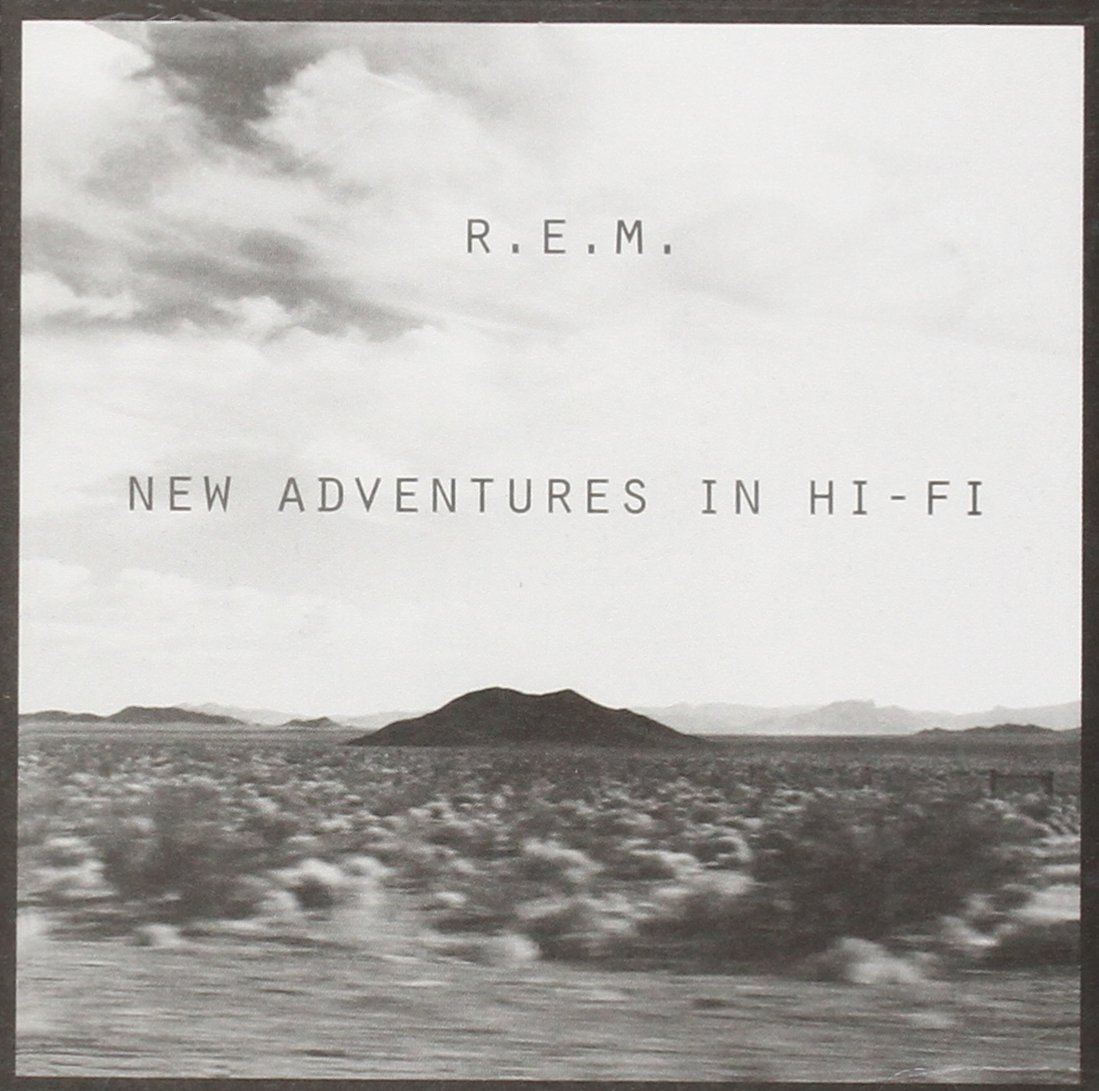
R.E.M. – New Adventures in Hi-Fi (Craft Recordings)
Coming on the heels of 1994’s grungy, raucous Monster, R.E.M. felt like a band in transition. They’d perfected the college jangle rock of the 80’s and made their mark with alterna-pop on Out of Time and Automatic for the People, so it was anyone’s guess where they’d go next. With New Adventures in Hi-Fi, they sought to expand their horizons, creating a record without precedent in their history – an album that drew upon multiple musical lineages and stands as one of their greatest artistic achievements. It’s dark, volatile, and filled with oddly angled melodies, but these songs were necessary to keep the band moving forward in their evolution. And it continues to offer up secrets and profound experiences some 25 years after its release.
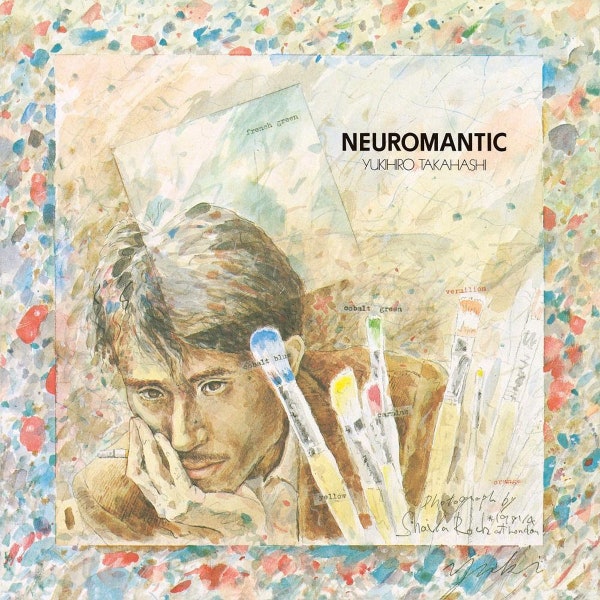
Yukihiro Takahashi – Neuromantic (Great Tracks)
As the drummer and vocalist for late 70’s electronic pioneers Yellow Magic Orchestra (alongside Ryuichi Sakamoto and Haruomi Hosono), Yukihiro Takahashi impacted the direction of countless future musicians through YMO’s use of sequencers, samplers, synthesizers, and a host of other technologically prescient impulses which drove the band’s desire to find revolution in digital spaces. Neuromantic is Takahashi’s debut solo record, and though it features collaborations with his YMO bandmates and members of Roxy Music and New Musik, this is most definitely a collection of songs attuned to his own particular musical wavelengths. Meshing forward-thinking pop production and squelching electronic arrangements, the album reveals the boundless creativity with which Takahashi approached his work.

Rogér Fakhr – Fine Anyway (Habibi Funk Records)
The work of Lebanese guitarist/singer-songwriter Rogér Fakhr seems completely out of time. As you hear him let loose gentle ballads and bluesy numbers, there is a sense of stillness, as if the passage of time can’t touch his songs. Habibi Funk has spent many years releasing reissues from Arabic-speaking regions all over the world, and with their 16th volume, they unearth Fakhr’s “Fine Anyway,” an album recorded in Beirut in the 70’s, and one that was hand-copied by the artist and limited to a run of 200. These tracks are laidback but endowed with a sense of purpose and grounded by his sense of universal sentiment. They glide along gracefully but there is substantial weight behind their acoustic movements.

Hiroshi Suzuki – Cat (We Release Jazz)
We Release Jazz took it upon themselves earlier this year to reacquaint people with the masterful jazz-fusion of Hiroshi Suzuki. In releasing his 1975 record Cat, they’ve brought to light a significant document of the changing jazz landscape of the mid-70’s. Electric arrangements mix with more traditional compositions to create something that owes a great deal to the past while also stepping firmly into the future. Suzuki is able to coax an insane range of sounds from his trombone, adapting its gait to follow the musicians surrounding him in whatever direction feels right. This is a treasure for jazz hounds, an artifact that still feels powerful and thunderous in its interpretation of the genre.
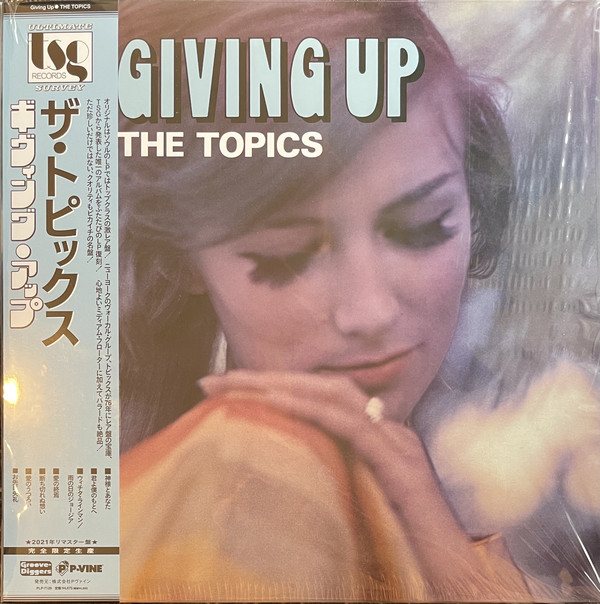
The Topics – Giving Up (P-Vine Records)
Released in 1976 on TSG Records, Giving Up was The Topics’ crowning achievement, a masterful blending of pop, soul, and funk that never got the attention or respect it deserved. These songs spilled over with gorgeous harmonies, rumbling organ, and grand orchestral suites – it was a record that took the best of each genre and molded them into something hypnotic and not easily forgotten. This reissue will hopefully shed some light on an album whose time in the spotlight is long overdue. Those voices could melt titanium, and the melodies stretch out for miles. There’s no qualification here, as Giving Up is a must-hear from a group too long in the shadows of other bands.

Andrew Hill – Passing Ships (Blue Note)
Bringing together a nonet, including a 6-person woodwind and brass section, to record this breathtaking jazz behemoth, Andrew Hill created a “big band” record that stresses the importance and clarity of each individual musician’s voice. Sweeping arrangements act as tidal forces, pulling you in a dozen different directions before landing you back on your feet. The construction of these songs is as complex and inscrutable as anything in Hill’s discography, but that doesn’t mean they are aren’t welcoming. Passing Ships is an invitation to watch artists perform at the peak of their talent, and it’s an honest wonder to behold.
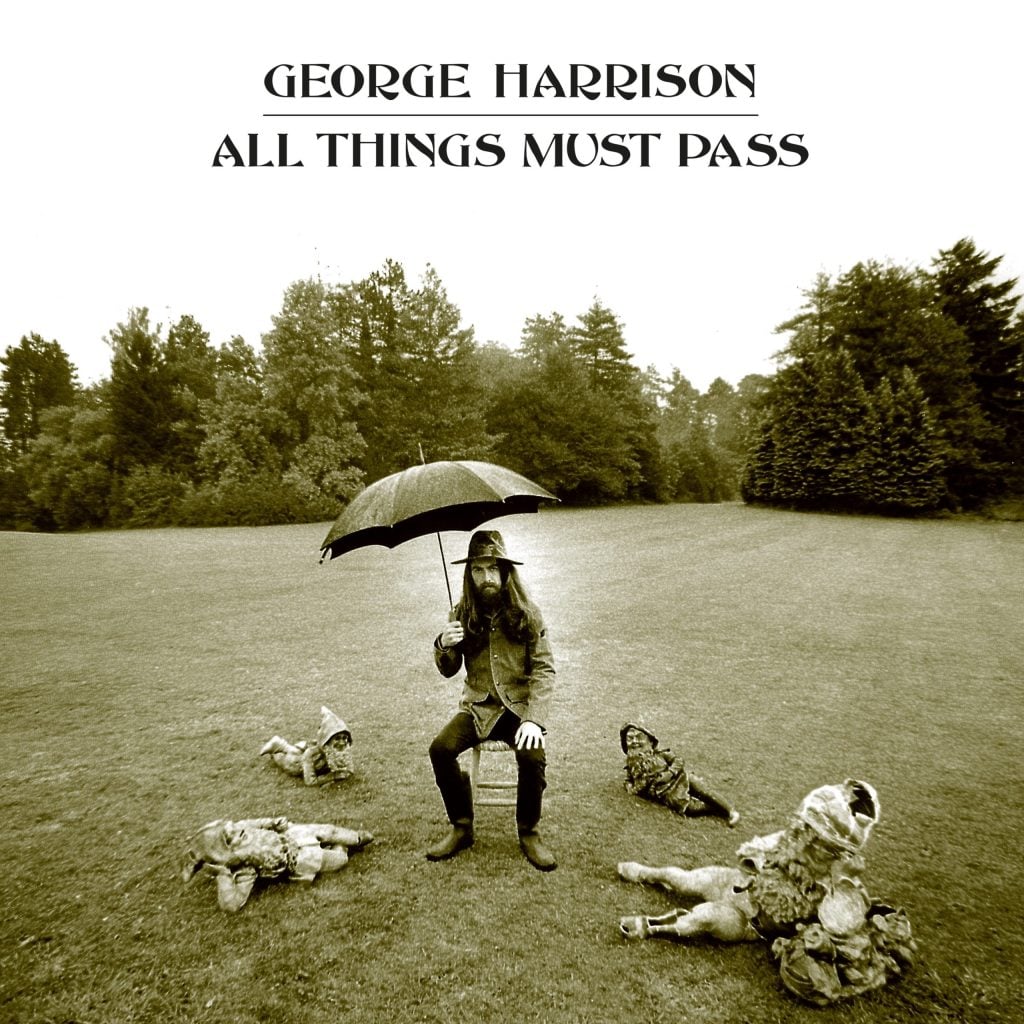
George Harrison – All Things Must Pass (Capitol Records / Apple Records)
After all these years, there’s not much left to say about George Harrison’s All Things Must Pass. Is it the greatest post-Beatles album from a Beatle? I would argue that this album eclipses anything released by Paul, John, or Ringo in terms of complexity and consistency of tone. These songs are comforting and eclectic and haven’t aged a day since 1970. Like Ringo, Harrison always felt like he was given short shrift in the history of The Beatles, a genius both understated and accommodating. This record was his masterpiece, a vision of what was possible when talent and ambition were sustained over the course of 23 tracks.
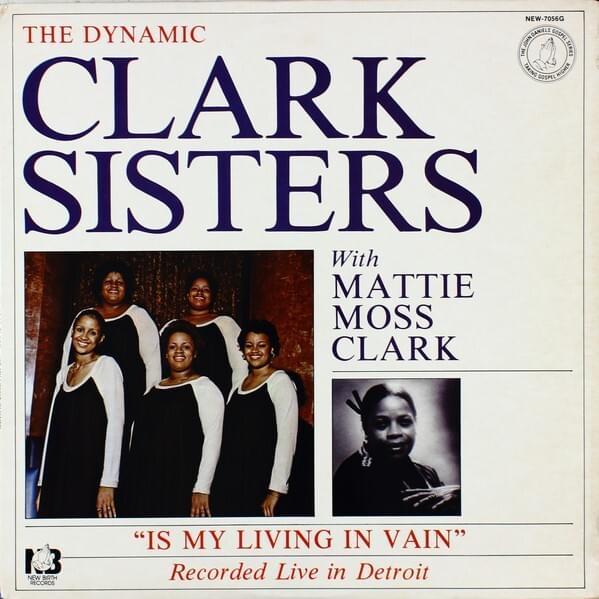
The Dynamic Clark Sisters with Mattie Moss Clark – Is My Living in Vain (New Birth Records)
Great gospel music isn’t necessarily about the preaching or any specific come-to-God doctrine. It’s about the joy felt from expressing yourself completely through music and using it as a form of spiritual revelation. Consisting of five sisters, The Clark Sisters (along with their mother Dr. Mattie Moss Clark) helped to popularize mainstream gospel music in the early 80’s – though their familial musical history goes back even farther than that. With the release of 1980’s Is My Living in Vain, an album recorded live in Detroit, the group forged a new path for spiritual music, a way forward without dogmatic restriction or exclusivity. Deeply rooted in the history of gospel, these songs spoke to generations of the past and those yet to come with equal intent.

Japan – Quiet Life (BMG)
Quiet Life was a moment of transition for Japan, where they shifted away from the glam rock from their earlier releases and focused more on the electronic pop aesthetic for which they would become so well known. This shift started when they collaborated on a one-off single with Giorgio Moroder (“Life in Tokyo”) in 1979. They eventually recruited Roxy Music producer John Punter to help them realize this stylistic change, and so Quiet Life became closely associated with the New Romantic movement of the early 80’s (though the band themselves would disavow this association). This record was a milestone for British synth-pop, a decadent collection of futurist bops that still retains its spry and otherworldly atmosphere.

Screamers – Demo Hollywood 1977 (Superior Viaduct)
Los Angeles punks Screamers were never destined for greatness. They were known within the LA scene, and tales of their genius have been passed down from musicians like Pat Smear and Jello Biafra over the years. Their lack of exposure is a direct result of their lack of output – they never actually released a proper album. There were bootlegs and demos which floated around for years, but nothing official. Superior Viaduct sought out what they find and gathered together what little was available, releasing the 5-track EP as Screamers Demo Hollywood 1977. And even though the band swapped out their guitars for keyboards, they still sound punk as fuck. Short but necessary, this collection gives a brief glimpse into what might have been had the band stuck around just a little longer.
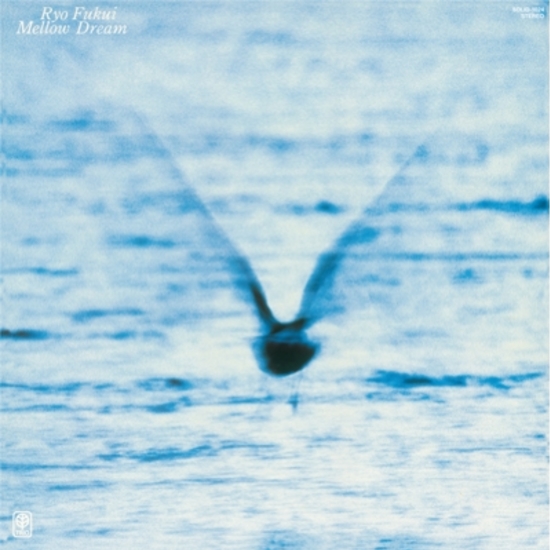
Ryo Fukui – Mellow Dream / Scenery / My Favorite Tune / Ryo Fukui in New York (We Release Jazz)
Ryo Fukui was a Japanese pianist whose work was never fully appreciated in his time. There was some acknowledgement from his own country but little else in the way of recognition from other parts of the world. He released his debut, Scenery, in 1976, and his self-taught techniques were acclaimed by everyone who heard the record. Other albums would come across the next 40 years, and he would eventually develop a reputation as one of the greatest pianists of the last half decade. Once again, We Love Jazz is here to bring his music to a new generation of listeners, as they handle reissues of Scenery, Mellow Dream, My Favorite Tune, and Ryo Fukui in New York – they released a reissue of A Letter from Slowboat last year.
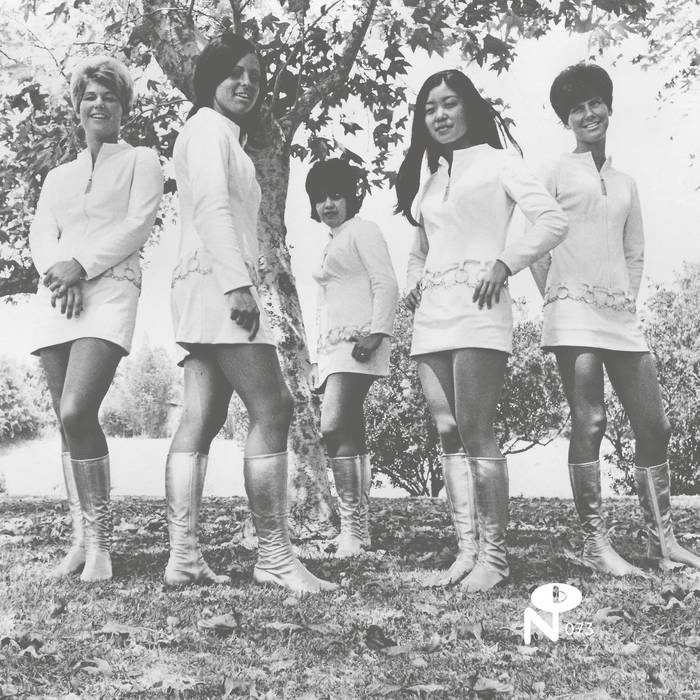
Female Species – Tale of My Lost Love (Numero Group)
Founded in 1966 by sisters Vicki and Ronni Gossett, Female Species was a way for them to explore and experiment with their collective influences, drawing upon girl group, garage rock and lite psych pop before moving toward lounge and country pop in their later songs. Despite having connections in later years to The Carpenters, The Judds, and Paul Revere & The Raiders, they never released an official studio album. They eventually became staff writers for various publishing companies, though they continued to perform with a rotating cast of bandmates. Driven by a preternatural knack for creating memorable melodies and for being able to adapt to any musical environment in which they found themselves, the sisters will now see their history revealed through Tale of My Lost Love, a chronological retrospective from Numero Group that showcases their fascinating and unexpected journey from teenagers to veterans in the music industry.

